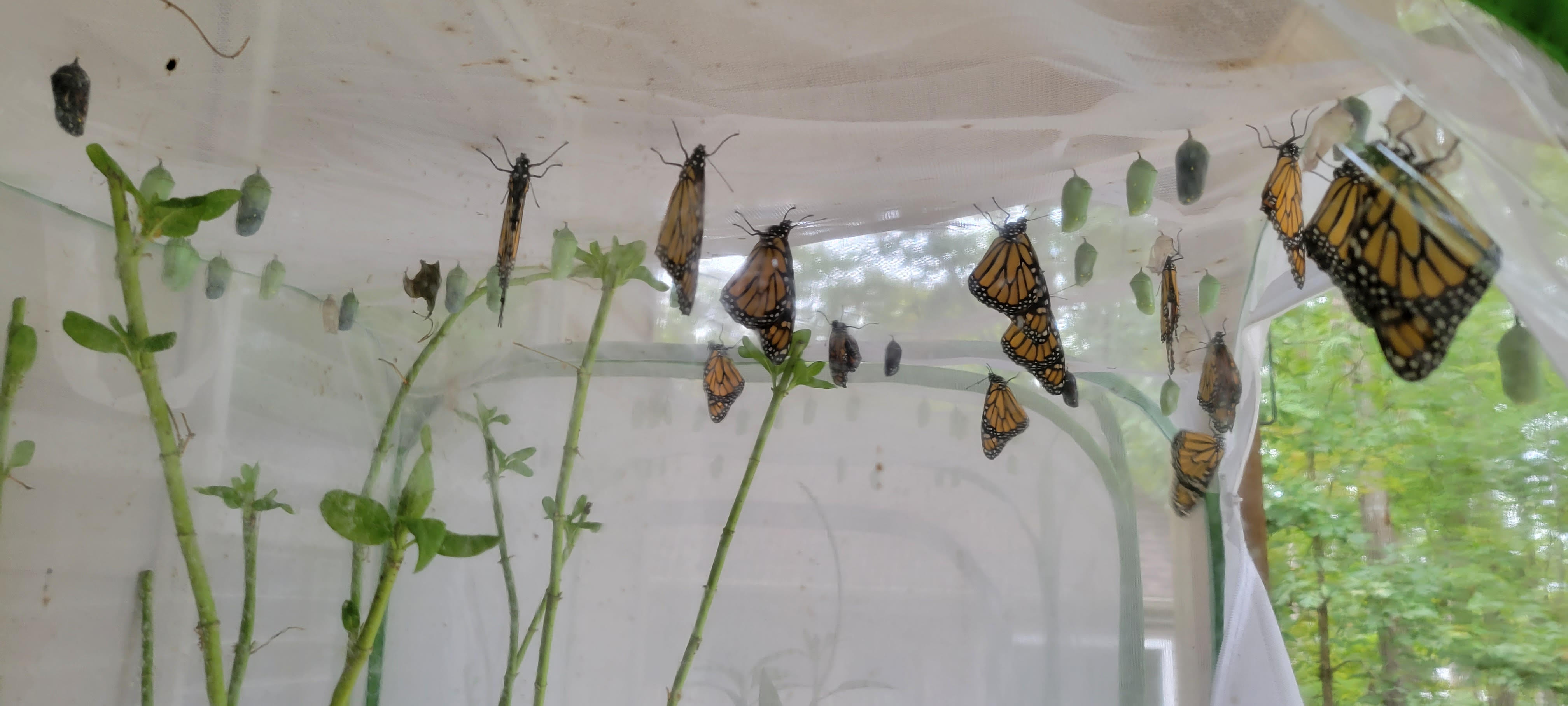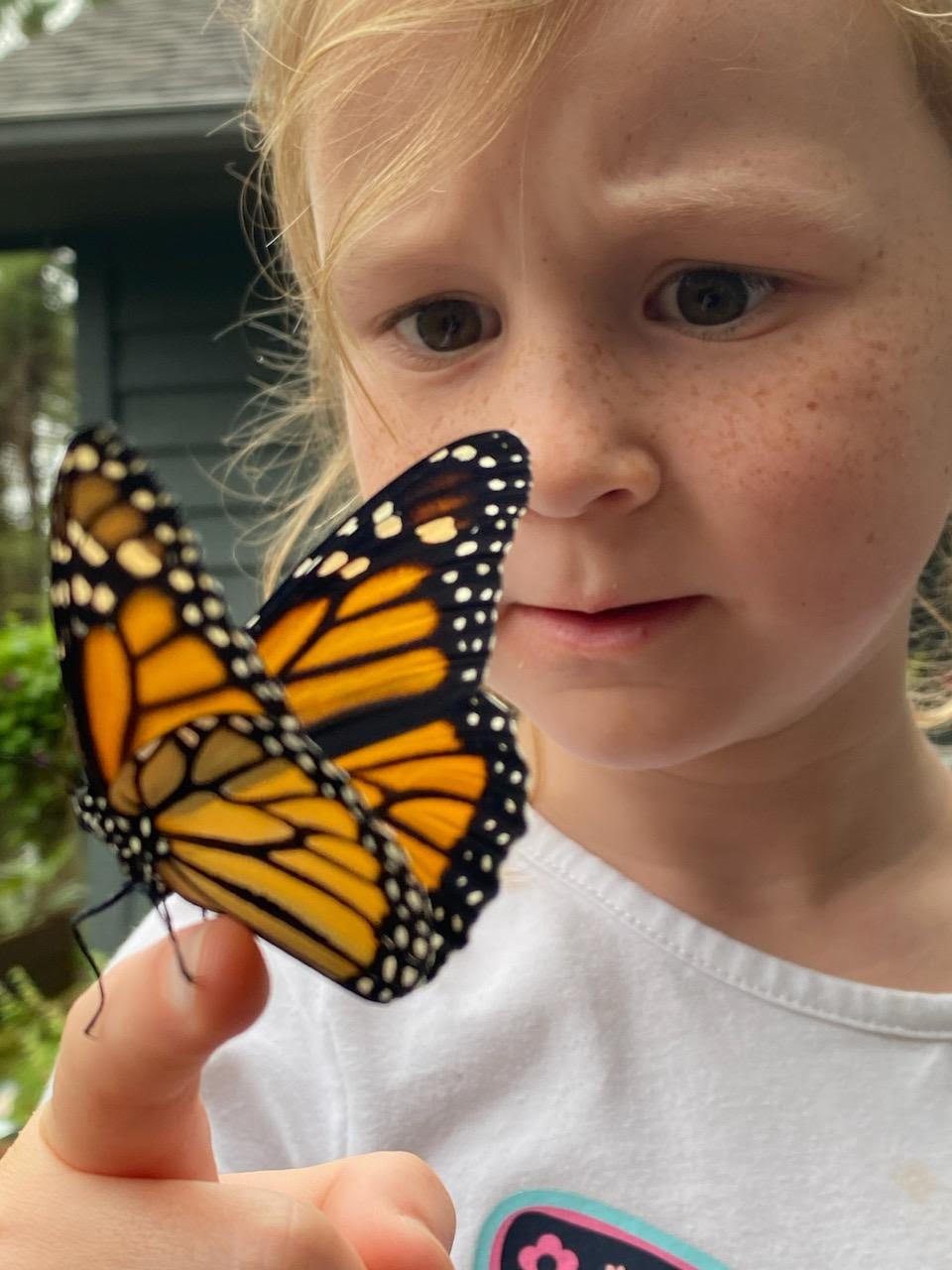A Monarch Bed and Breakfast in Denton, NC
go.ncsu.edu/readext?968502
en Español / em Português
El inglés es el idioma de control de esta página. En la medida en que haya algún conflicto entre la traducción al inglés y la traducción, el inglés prevalece.
Al hacer clic en el enlace de traducción se activa un servicio de traducción gratuito para convertir la página al español. Al igual que con cualquier traducción por Internet, la conversión no es sensible al contexto y puede que no traduzca el texto en su significado original. NC State Extension no garantiza la exactitud del texto traducido. Por favor, tenga en cuenta que algunas aplicaciones y/o servicios pueden no funcionar como se espera cuando se traducen.
Português
Inglês é o idioma de controle desta página. Na medida que haja algum conflito entre o texto original em Inglês e a tradução, o Inglês prevalece.
Ao clicar no link de tradução, um serviço gratuito de tradução será ativado para converter a página para o Português. Como em qualquer tradução pela internet, a conversão não é sensivel ao contexto e pode não ocorrer a tradução para o significado orginal. O serviço de Extensão da Carolina do Norte (NC State Extension) não garante a exatidão do texto traduzido. Por favor, observe que algumas funções ou serviços podem não funcionar como esperado após a tradução.
English
English is the controlling language of this page. To the extent there is any conflict between the English text and the translation, English controls.
Clicking on the translation link activates a free translation service to convert the page to Spanish. As with any Internet translation, the conversion is not context-sensitive and may not translate the text to its original meaning. NC State Extension does not guarantee the accuracy of the translated text. Please note that some applications and/or services may not function as expected when translated.
Collapse ▲
Have you ever wanted to raise Monarch butterflies? How about 237 monarchs released from your very own fingertips?
Well, that’s exactly what Char and Bruce Peck accomplish each year in Denton, NC. In the last three years, they raised 52 and 107 monarchs from eggs. This year was a remarkable 237 monarchs! Char cautions that it’s not something you just decide to do overnight with a few plants. “You need a lot of milkweed, and I mean a lot, like 150 butterfly weed plants (Asclepias tuberosa) in 27 pots.” Not to mention the more than 500 milkweed, zinnia, coneflower, phlox, and a very loved clerodendrum tree (commonly referred to as the peanut butter tree) growing in their backyard.
It’s one thing to attract the monarch butterflies and provide a great food and water source, it’s another when you are hatching and rearing eggs, protecting from predators, monitoring food for hungry larvae, and removing toxic poop on a daily basis. It truly is a full-time job for the Pecks from the end of August through mid-October. On average, it takes anywhere from 22-37 days, depending on temperature, to complete the monarch life cycle and grow to an adult. Monarchs usually spend about 3-5 days as eggs, 11-18 days as a larva ferociously eating milkweed, and 8-14 days as a pupa before chrysalis. The Pecks enjoyed this process 237 separate times this year!

And that’s just the monarch management side of things. Growing 150 milkweed plants starts in February from seed. This requires diligent watering, fertilizing and pest management. With that much milkweed, you would expect aphids to be a problem; and they are, but bug squishing is very much a part of the daily life of the Pecks. Then around July 4th, they trim the milkweed in half, so it will bush out and provide an even better habitat later in the season.
Char believes that 1 monarch produced all 237 butterflies this fall. A single adult monarch can lay approximately 300-400 eggs, so it only takes one to make a huge impact! Once this happens, you need a lot of milkweed, not only for them to lay their eggs on, but also for the larvae to eat the leaves when they hatch. The Pecks grow their milkweed in pots so that they can be placed into the butterfly enclosures. These enclosures protect the larvae from wasps and birds alike. Once the adult lays eggs, the eggs are moved to an enclosure where the Pecks can influence the habitat. One of the hardest parts of the project is that the Pecks must monitor all of the monarch’s life stages for eggs and larvae and balance their food sources. The Pecks have two separate enclosures for this reason. They have found this to be necessary because the larger larvae will eat the leaves with the new eggs on them. So older, very hungry larvae need to be immediately moved to a second habitat for a few weeks before they transform into the chrysalis phase. And if you time it just right, you can actually observe this amazing event when the adult’s wings become visible through the pupa covering, just before adult monarch emergence. It’s from here that they are released to find a close source of nectar (of which the Pecks have plenty). Then it’s time to store up energy before making the 2000-3000-mile journey to Mexico. They do this by visiting all those other 500 plants in the backyard. Even more fascinating, this migrating generation of monarchs have never been to Mexico. No single monarch makes a complete trip!

It’s really an awe-inspiring journey and story of how much we can do for the environment in our lives and in our backyards. So you might ask how or why the Pecks decided to take on this job. Bruce’s explanation is an incredible story. Bruce was a Vietnam gunship pilot who still suffers from PTSD. To combat this period of depression, Char needed something to perk up his spirits. Her idea was to raise monarchs, and they have been thriving for the past three years. Bruce loves it as much as Char, and shows his appreciation, patience, and focus every day in the garden with the monarchs.
And finally, I’ll leave you with something that Char Peck put so beautifully; “Nature heals.” I couldn’t say it any better.


